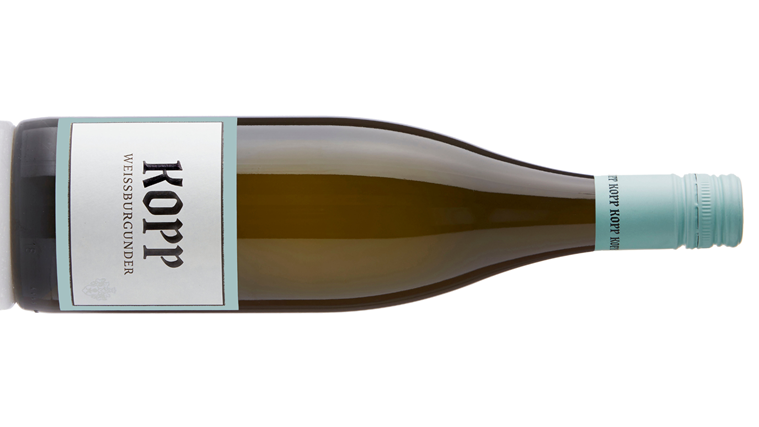Discover Baden with Weingut Kopp
Think about Germany and it’s likely that Riesling comes to mind. But in Baden, the country’s southernmost region, Pinot Noir – or rather Spätburgunder – reigns supreme. Today, our Discover series will take you to a sunny corner of Germany where reds dominate and Pinot Noir shines through in all its diversity of styles and flavours
Besides being the southernmost of Germany’s 13 wine regions, Baden is also the third largest. A long, slim strip of vineyards nestled between the hills of the Black Forest and the Rhine River, Baden sprawls over 400km from north to south. And although the wines along the Baden Wine Route are as varied as its length implies, it is of general consensus that all vines here enjoy plenty of sunshine in equal measure, developing more ripeness and natural sugars come harvest.
With romantic architecture, scenic hiking trails and a recently amplified wine reputation, Baden is filled with great things to eat, drink, do and discover.

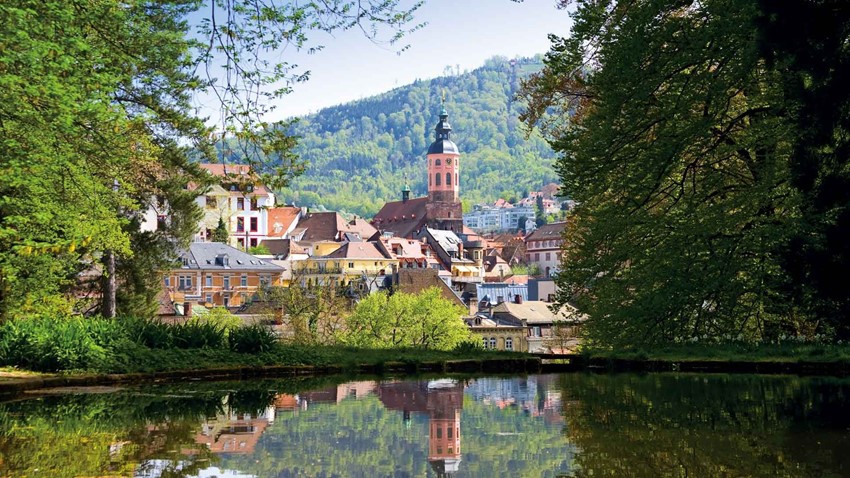
Undisturbed landscapes
With Weingut Kopp as the final destination, our route is backdropped by the dramatic vistas of the Black Forest. The land of cuckoo-clocks and fairy tales is renowned for its dense wilderness, but whatever your taste, budget or dietary requirements, it will surely be worth your while.
A stone’s throw from the border of France and set alongside the winding River Oos, picturesque Baden-Baden is an ideal starting point from which to explore the region. Perfect for those who enjoy hiking, climbing and mountain biking, the town is surrounded by conifer-shrouded hills of mesmerising shades of green – home to the roaring Geroldsauer and vertigo-inducing Triberger waterfalls.
Those in search of a cultural escape won’t be disappointed either. This historic town is famed for its elegant architecture and Roman bathhouses. But, it is the sun-kissed vineyards, and the wines they produce, that caught our attention.


Where there is wine, there is joy
… and great food! Believe it or not, the Black Forest has more Michelin stars than anywhere else in the country. From seasonal, country-style cooking served in a wine tavern, to fine dining in award-winning restaurants, Baden offers a wealth of gastronomical experiences. But let’s go back to basics and focus on something we, wine nerds, love to talk about: terroir.
Extending from the river Tauber in the north, to Lake Constance in the South, the Baden wine trail is one well worth exploring. It is a diverse region, with soils ranging from clay and limestone, to the sand and granite that covers the landscape. But what makes this region’s geology truly special is the volcanic soil around the ancient and extinct volcano Kaiserstuhl, that gives the wines a distinctive flint minerality. Mirroring its soils’ variety, Baden’s wines are just as diverse as the region itself.
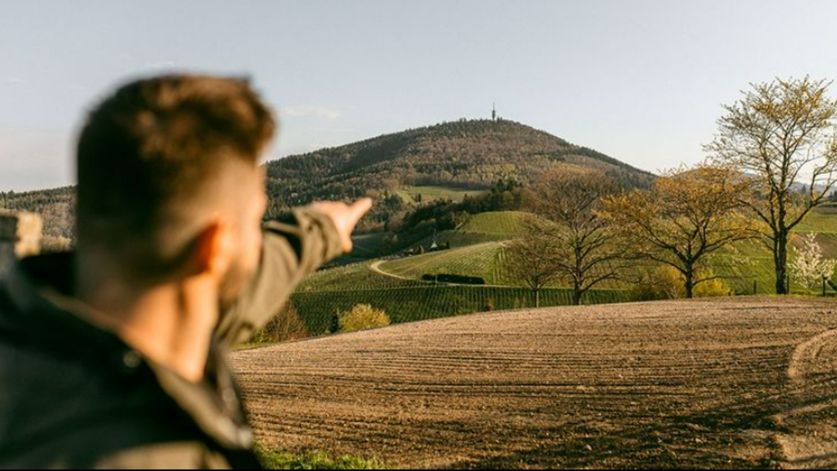
Baden may be an extensive area, but it is one that enjoys plenty of sun exposure and very rare episodes of frost. Because of its warmth, this is the only German wine region grouped within the same viticulture zone as Champagne – producing wines known to be full-bodied and higher in alcohol than those from other regions in Germany.
Here, varieties of the Burgunder grape thrive, with Pinot Noir taking centre stage. Wines display surprising structure and complexity, standing proud among its international peers. Vinified in a multitude of styles, Spatburgunders from the Baden region are as versatile as the soils they grow on, ranging from elegant and lighter, fruitier styles, to bold and complex, with an intense ruby-red colour. White grapes have a lesser but still prominent place, particularly Pinot Gris, Muller-Thurgau, Pinot Blanc and Riesling.
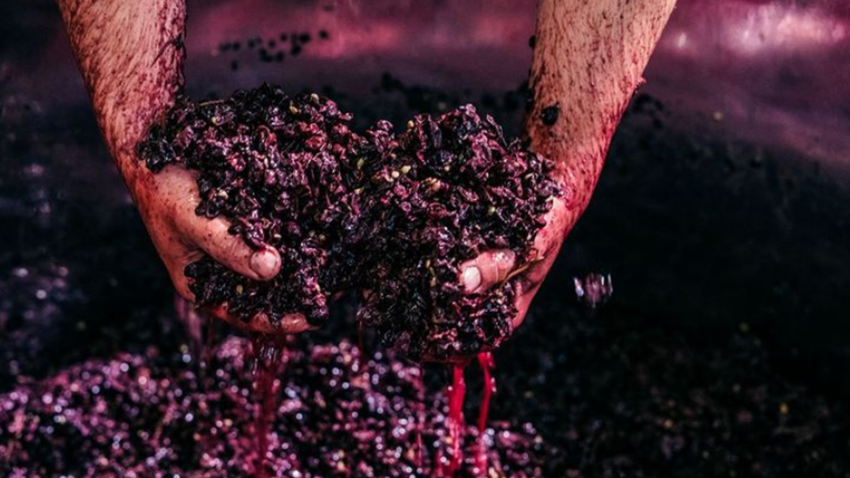
Weingut Kopp
“When you make wine, 25 years is really no time at all. And yet, in this quarter century, we have managed true generational projects,” says Johannes Kopp. From its humble beginnings in 1996, the 1ha of vines planted by Johannes’ father has grown into 32ha of premium vineyard sites spread across the best locations of Ortenau, near the historic town of Baden-Baden.
Johannes took over the family business in 2012 – a young winemaker, with an ambitious vision and a solid plan to continue to grow it. Nestled in the foothills of the Black Forest, the Kopp vineyards are planted in sandy, weathered-granite soils, absorbing warmth during the day, only to radiate it gently back up to the vines at night. The same granite that too gives the Kopp wines a very special, delicate yet nervy minerality. Next to Alsace, on the left bank of the Rhine River, Kopp’s vineyards enjoy the shelter of a continuous stretch of woodland, that protects the vines from cold winds, trapping the warmth and creating its own perfectly-mild microclimate – ripening the fruit to perfection.
The key to success for Kopp, as with any top producer, lies in impeccable vineyard management, which is now in the process of being converted to biodynamic farming. At the same time, the construction of a new building is underway, which will house the new winery and its own restaurant.
When it comes to Kopp, expect elegant and structured expressions of two popular Burgunder varieties: Pinot Noir (Spatburgunder) and Pinot Blanc (Weissburgunder). Relying on traditional winemaking techniques, Johannes aims for their wines to have a unique, characterful and terroir-driven flavour profile.
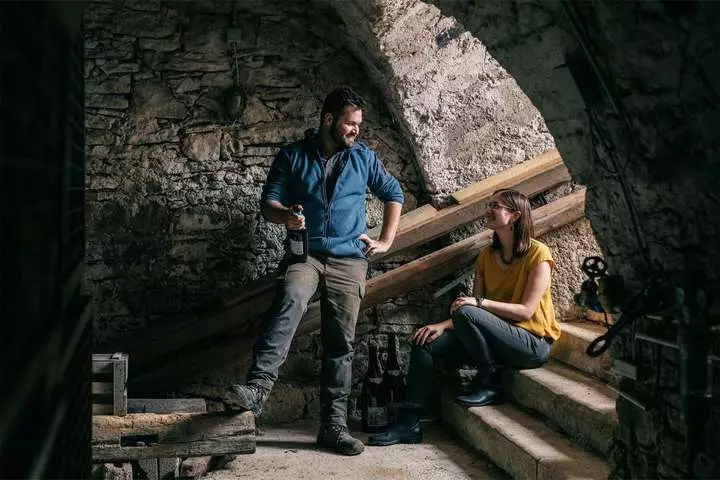
Kopp Spätburgunder
Powerful but not heavy on the palate, Kopp’s Spätburgunder is packed with vibrant red fruits, such as cherry, plum, and raspberry. The wine has an elegant structure, with fine, ripe and well-integrated tannins, alongside a vibrant acidity and juicy finish.
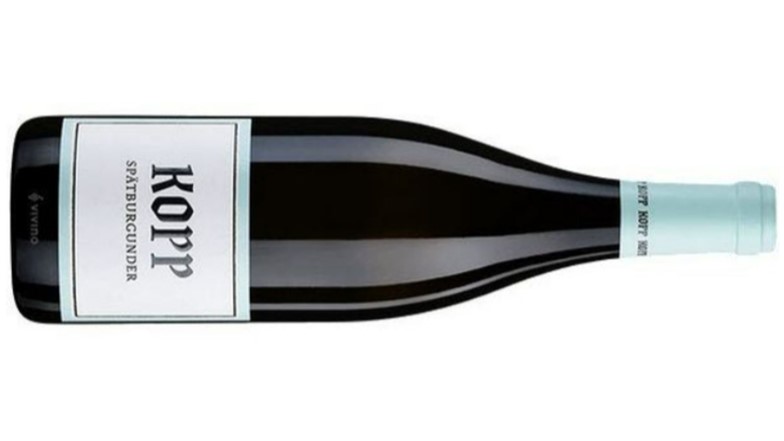
Kopp Spätburgunder Roter Porphyr
A different expression of the very same grape, the Spätburgunder Roter Porphyr boasts of forest fruits, cherries, and cassis. Aged in French oak barrels and unfiltered, this wine showcases a sinewy, complex structure, overlayed with elegance and a spicy aftertaste. And for those whose German is a bit rusty, the name means red porphyry, a rock of volcanic origin.
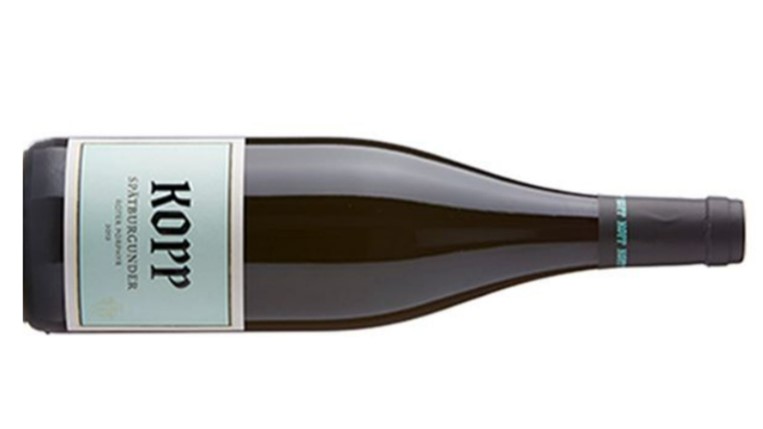
Kopp Weissburgunder
A fruity Weissburgunder, it has a rich mouthfeel and an almost tannic structure – unsurprisingly, as a white mutation of Pinot Noir. Kopp’s expression of Pinot Blanc abounds with aromas of melon, pear and pineapple, is balanced on the palate, and has subtle vanilla notes.

